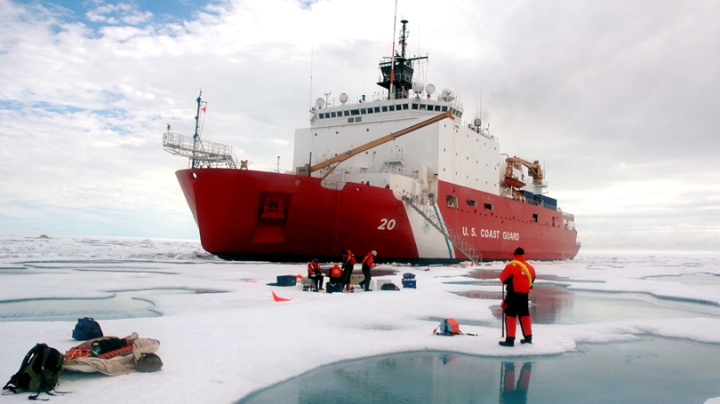Read the full story, published by Thayer School of Engineering.
No place on Earth is warming—and melting—as fast as the Arctic. In a race against time, Dartmouth engineers have joined researchers from around the world on the largest polar expedition in history to better understand the scale of climate change and what that means for our planet.
The “Multidisciplinary-drifting Observatory for the Study of Arctic Climate” (MOSAiC) expedition, which set sail from Tromsø, Norway, on Sept. 20, marks the first time a global team of researchers will live on a research icebreaker vessel for an entire year to gather data about the changing Arctic climate, the shrinking sea ice, and the impact on polar marine life.
“The threats posed to the planet from global climate change are real—and they are coming on fast,” says Donald Perovich, professor of engineering at Thayer School of Engineering and the expedition’s co-lead for sea ice research. “This study will be historic not only for its scale, but for its ability to allow us to understand the causes and consequences of changes in the Arctic.”

